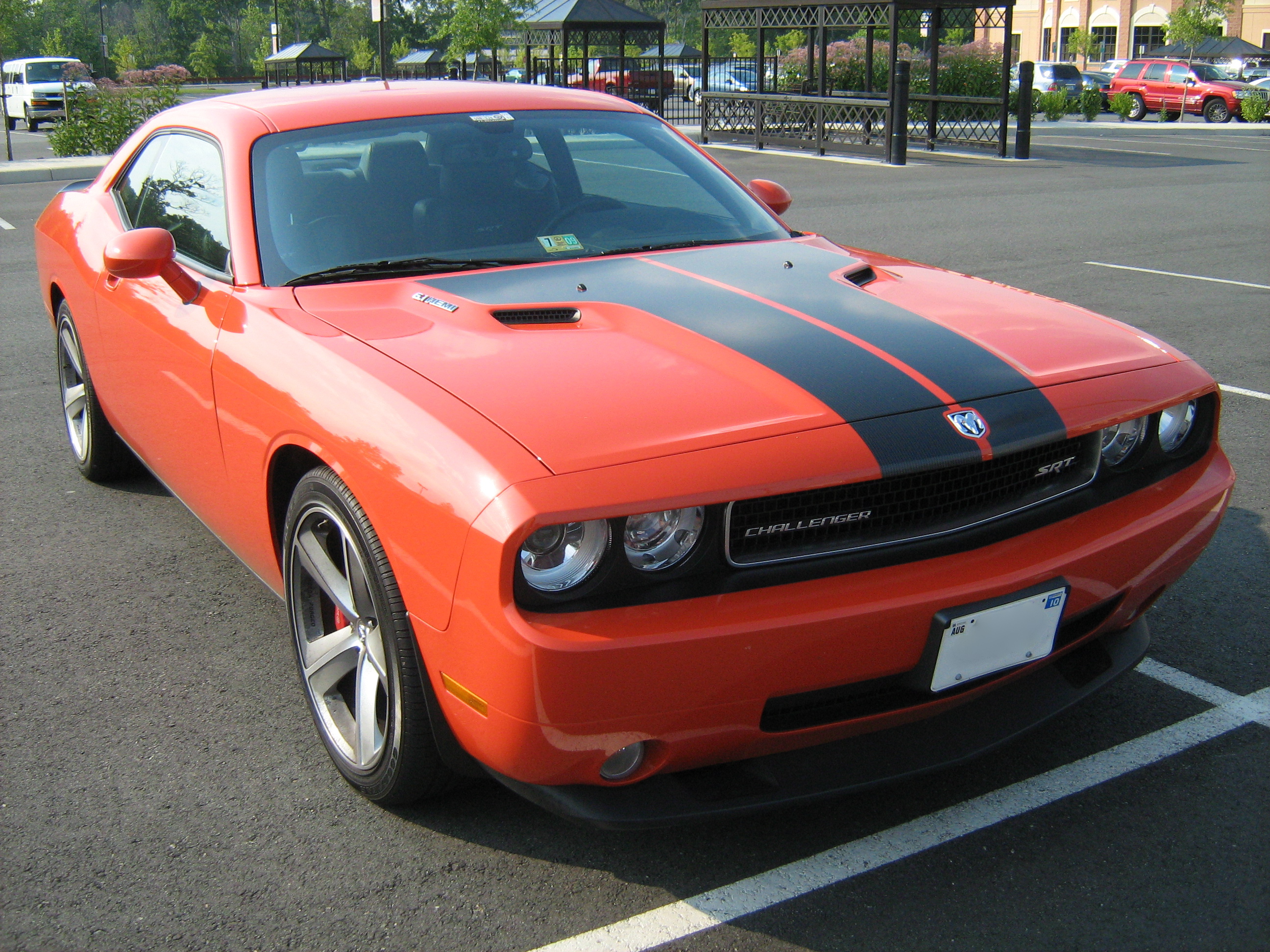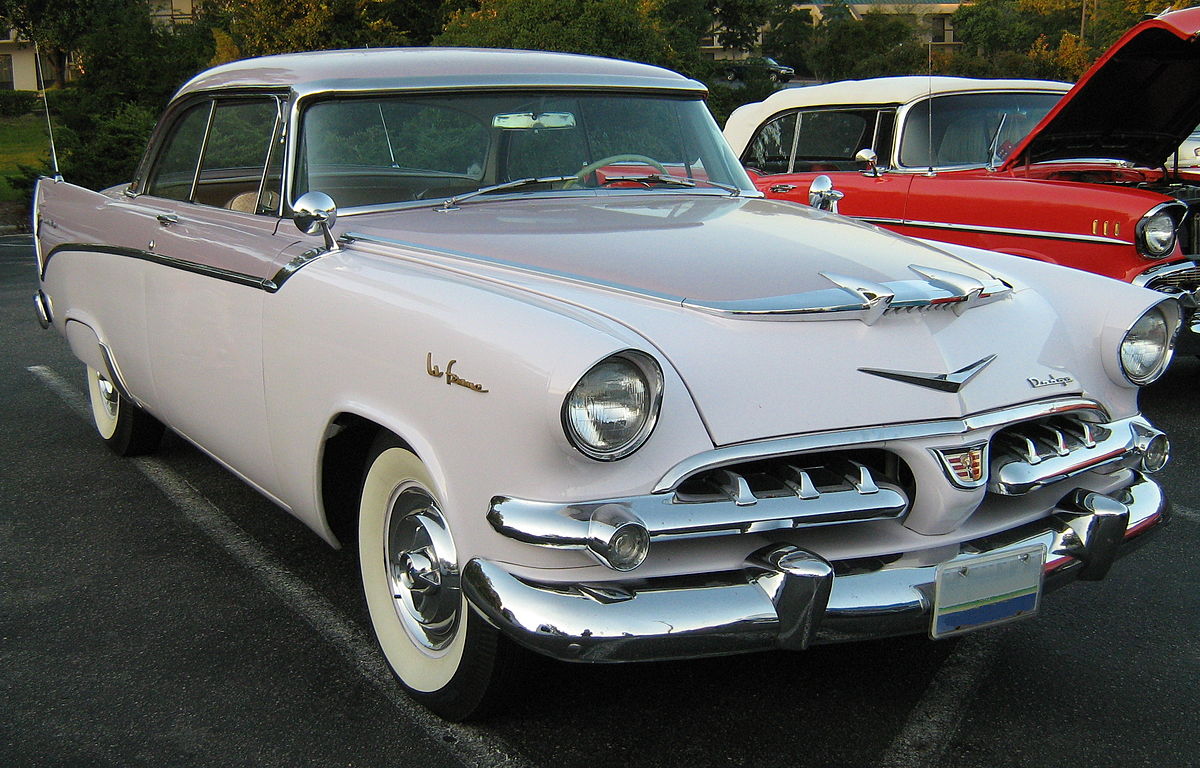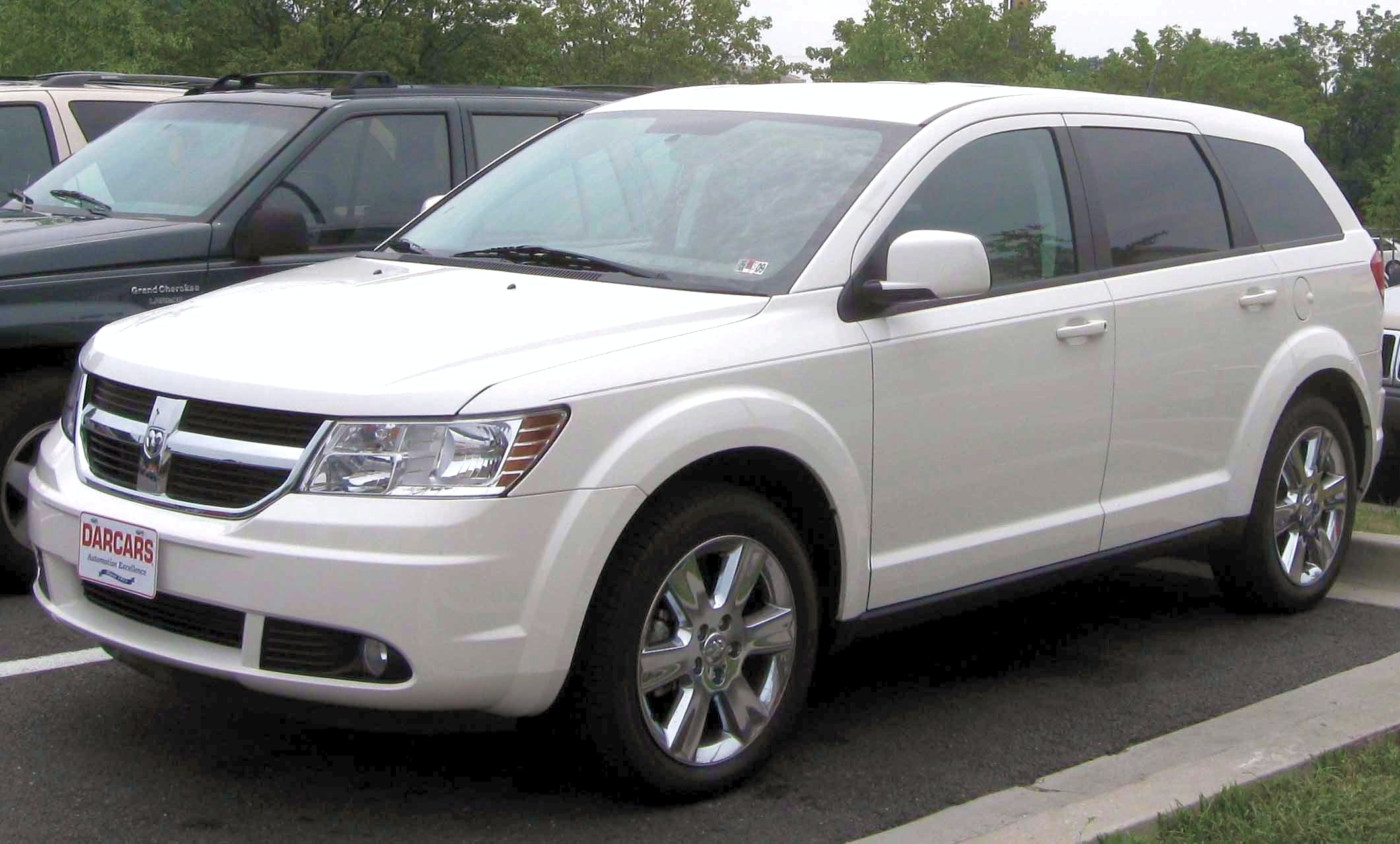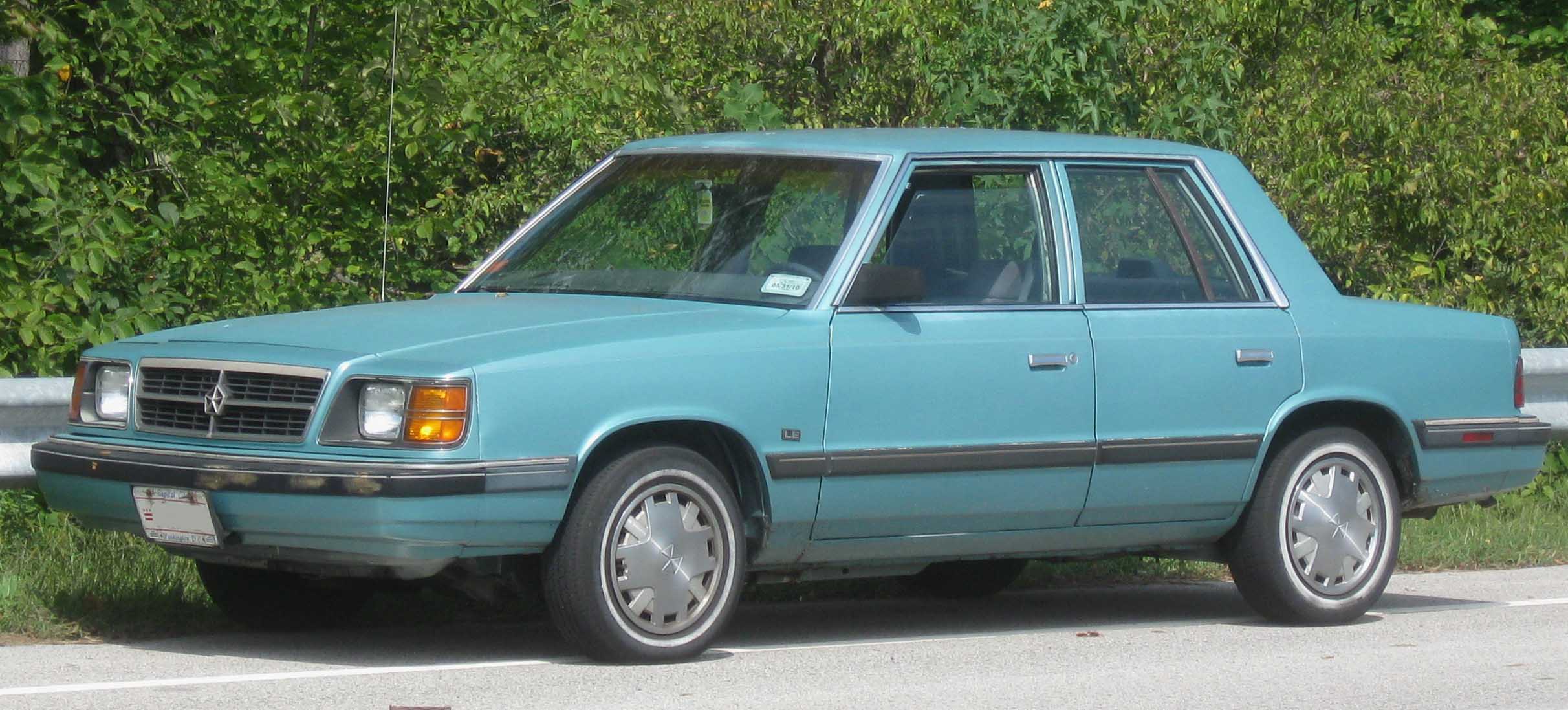Dodging Disasters: A Deep Examination Of Dodge’s Great Commercial Failures

Embarking on a journey through Dodge’s lineup of infamous cars, it’s clear that not all vehicles are created equal. Some may shine with brilliance and innovation, while others, unfortunately, find themselves on the opposite end of the spectrum. Today, we delve into the vehicles that earned a spot in Dodge’s hall of shame, providing insight into what went wrong and why they’re remembered as some of the worst-selling cars in the brand’s storied history.

1. **Dodge La Femme (1955-1956)**: Aimed at women, the La Femme was an innovative but ultimately misguided attempt at gender-specific marketing. Dodge introduced this pink and white automobile complete with matching accessories like a purse and raincoat. While the idea of a car specifically for women was forward-thinking, it did not resonate with the masses. The La Femme was perceived as a patronizing gimmick, and the model was discontinued after only two years.

2. **Dodge Aspen (1976-1980)**: Although it was once lauded as Motor Trend’s Car of the Year in 1976, the Dodge Aspen quickly fell from grace. Plagued by quality control issues, it garnered a reputation for rust problems and mechanical failures that severely affected its sales. Despite its initial promise, the Aspen couldn’t dodge its way out of the negative reviews, leading to its eventual demise.
3. **Dodge Omni (1978-1990)**: The Dodge Omni was Chrysler’s attempt to enter the compact car market with a fuel-efficient, front-wheel-drive model. However, it quickly became synonymous with the term ‘econobox’. Marketed as an affordable option, the Omni was criticized for its bland design and lackluster performance. While it had some success due to its low price, its reputation suffered due to poor build quality and reliability issues.

4. **Dodge Caliber (2007-2012)**: Introduced as a replacement for the Dodge Neon, the Caliber was envisioned as a rugged, versatile compact car. Unfortunately, it was met with a barrage of criticism for its cheap interior materials and uninspired driving dynamics. The Caliber failed to meet consumer expectations for quality and performance, leading to disappointing sales and its eventual discontinuation.

5. **Dodge Nitro (2007-2012)**: The Dodge Nitro aimed to capture the SUV market with its bold, boxy design and muscular appearance. However, style wasn’t enough to compensate for its shortcomings. The Nitro was often criticized for its poor fuel economy, cramped interior, and rough ride. Consumer dissatisfaction led to its poor sales performance, making it one of Dodge’s less successful ventures.

6. **Dodge Dart (2013-2016)**: Reviving a classic nameplate, the Dodge Dart was meant to compete with other compact sedans. Unfortunately, it suffered from a blend of anonymity and underwhelming performance. Despite being equipped with modern technology, the Dart lacked the driving experience and appeal that consumers were looking for, leading to abysmal sales figures and an early exit from the market.

7. **Dodge Avenger (2007-2014)**: While the Avenger had hopes of capturing the mid-size sedan audience, it struggled to differentiate itself from the competition. Criticized for its uninspired design and subpar interior quality, the Avenger was overshadowed by more polished competitors. Its failure to stand out led to its discontinuation as Dodge shifted focus to more successful models.

8. **Dodge Intrepid (1993-2004)**: The Intrepid was part of Dodge’s attempt to modernize its lineup with sleek, aerodynamic designs. While initially successful, the Intrepid’s reputation was tarnished by mechanical issues, particularly with its engines and transmissions. These reliability problems marred its legacy, contributing to its fade from prominence in the Dodge lineup.

9. **Dodge Magnum (2005-2008)**: With its unique station wagon design, the Dodge Magnum aimed to blend practicality with performance. Although it had a niche following due to its bold styling, it struggled with poor fuel economy and a limited audience. The Magnum’s inability to capture a broad customer base led to its short-lived production run.

10. **Dodge Journey (2009-2020)**: As a family-oriented crossover, the Journey was supposed to offer versatility and value. Despite its practical intentions, it was often criticized for its outdated design, lack of advanced features, and mediocre performance. Over its extended production span, the Journey failed to evolve, resulting in lackluster sales and its eventual discontinuation. The tales of these vehicles serve as a reminder that innovation and appeal must go hand in hand. While some of these models may have had potential, they ultimately became examples of how execution and market perception can lead to commercial failure.

11. **Dodge Raider (1987-1989)**: The Dodge Raider was Dodge’s attempt to tap into the growing SUV trend of the late ’80s. While it had rugged looks and the off-road capability to match, it was essentially a rebadged Mitsubishi Pajero, which didn’t resonate well with consumers. The Raider’s compact size and limited engine options failed to attract the American audience, leading to its brief stint in the market.

12. **Dodge St. Regis (1979-1981)**: Positioned as a full-size sedan, the Dodge St. Regis was meant to offer comfort and luxury. However, its boxy design and lackluster performance did little to endear it to buyers. The St. Regis faced tough competition from more refined and better-performing rivals, ultimately leading to its short-lived production.

13. **Dodge Polara (1960-1973)**: The Dodge Polara began as a full-size car but struggled to find its identity amidst shifting automotive trends. Throughout its production, the Polara went through several redesigns, but none managed to capture significant consumer interest. Its inconsistent performance and design changes contributed to its downfall.

14. **Dodge Shadow (1987-1994)**: The Dodge Shadow aimed to compete in the compact car segment but often fell short of the mark. Although it offered an affordable price point, its uninspired design and mediocre build quality left much to be desired. The Shadow struggled to stand out in a crowded market, leading to its eventual phase-out.

15. **Dodge Charger (1981-1987)**: Not to be confused with the iconic muscle car of the late 1960s and early ’70s, this iteration of the Dodge Charger was a front-wheel-drive compact hatchback. It lacked the performance and style of its predecessors, and the public didn’t take to this version, resulting in disappointing sales.

16. **Dodge Aries (1981-1989)**: As a key player in the K-car lineup that saved Chrysler, the Dodge Aries was initially praised for its practicality and fuel efficiency. However, as the competition advanced, the Aries was left behind with its outdated styling and lack of innovation. Its decline in popularity was a sign of changing consumer preferences.
.jpg/1920px-93_Dodge_Dynasty_(14344073600).jpg)
17. **Dodge Dynasty (1988-1993)**: Marketed as a mid-size luxury sedan, the Dodge Dynasty promised comfort and a smooth ride. Nevertheless, it struggled with its conservative styling and was overshadowed by more luxurious and technologically advanced competitors. The Dynasty’s inability to keep pace with the market trends led to its discontinuation.

18. **Dodge 600 (1983-1988)**: The Dodge 600 was intended to provide a more upscale option within the K-car series. Despite its ambition, the 600 was criticized for its uninspired design and lack of refinement. It competed in a segment with more polished alternatives, which overshadowed its presence and contributed to its exit from the market.

Concluding this journey through Dodge’s less celebrated models, we find that the automotive world is as much about learning from missteps as it is about celebrating successes. These vehicles, while perhaps not the crown jewels of Dodge’s history, serve as valuable lessons in the ever-evolving dance of design, innovation, and market demand. They remind us of the importance of aligning vision with consumer expectations and the continuous quest for automotive excellence.
Related posts:
List of automobiles known for negative reception
Chrysler Jeep Dodge Ram Dealers Say Their Brands Are A ‘Disaster’ And They Know Who To Blame
The 50 Worst Cars of All Time
Discover more from Auto Travel World
Subscribe to get the latest posts sent to your email.












